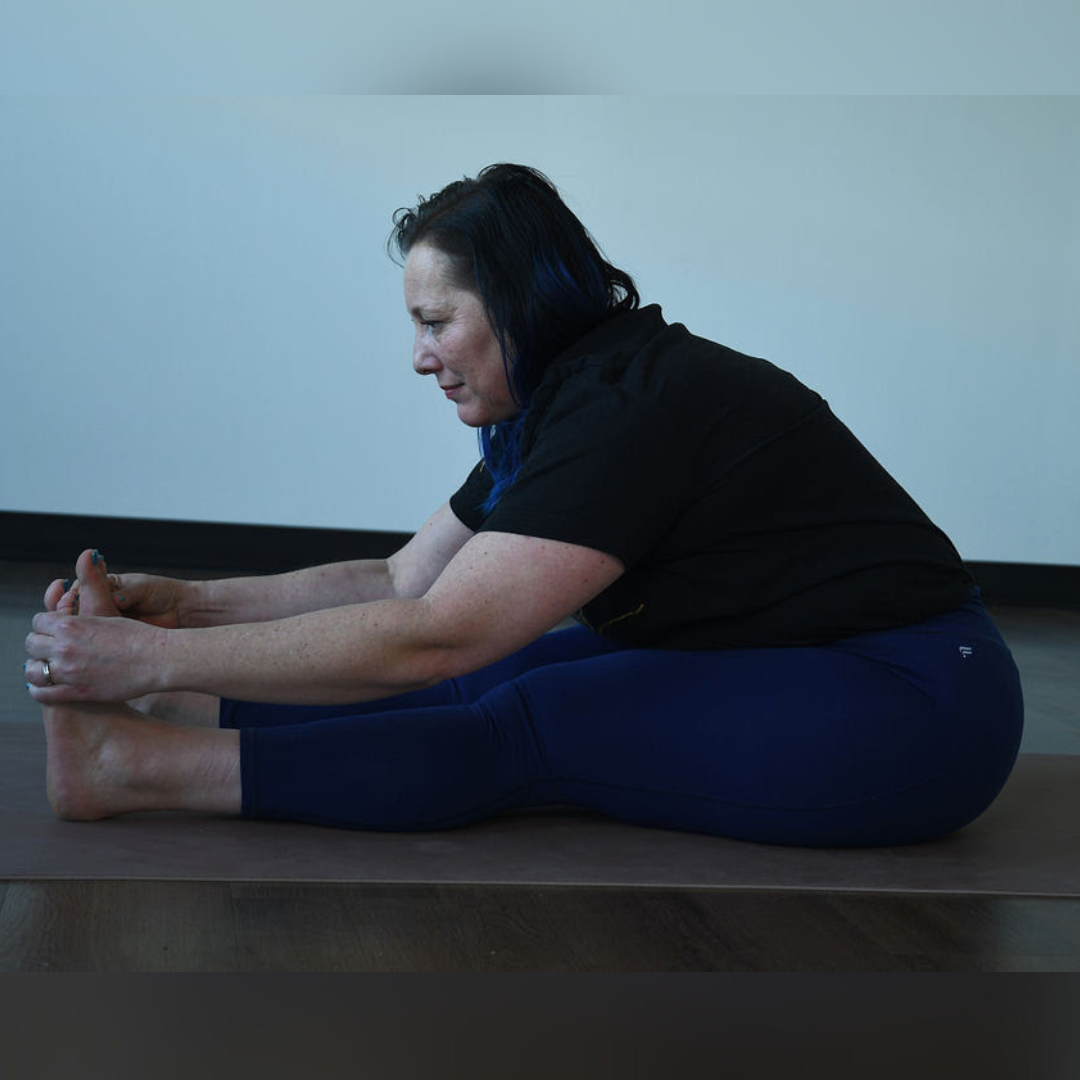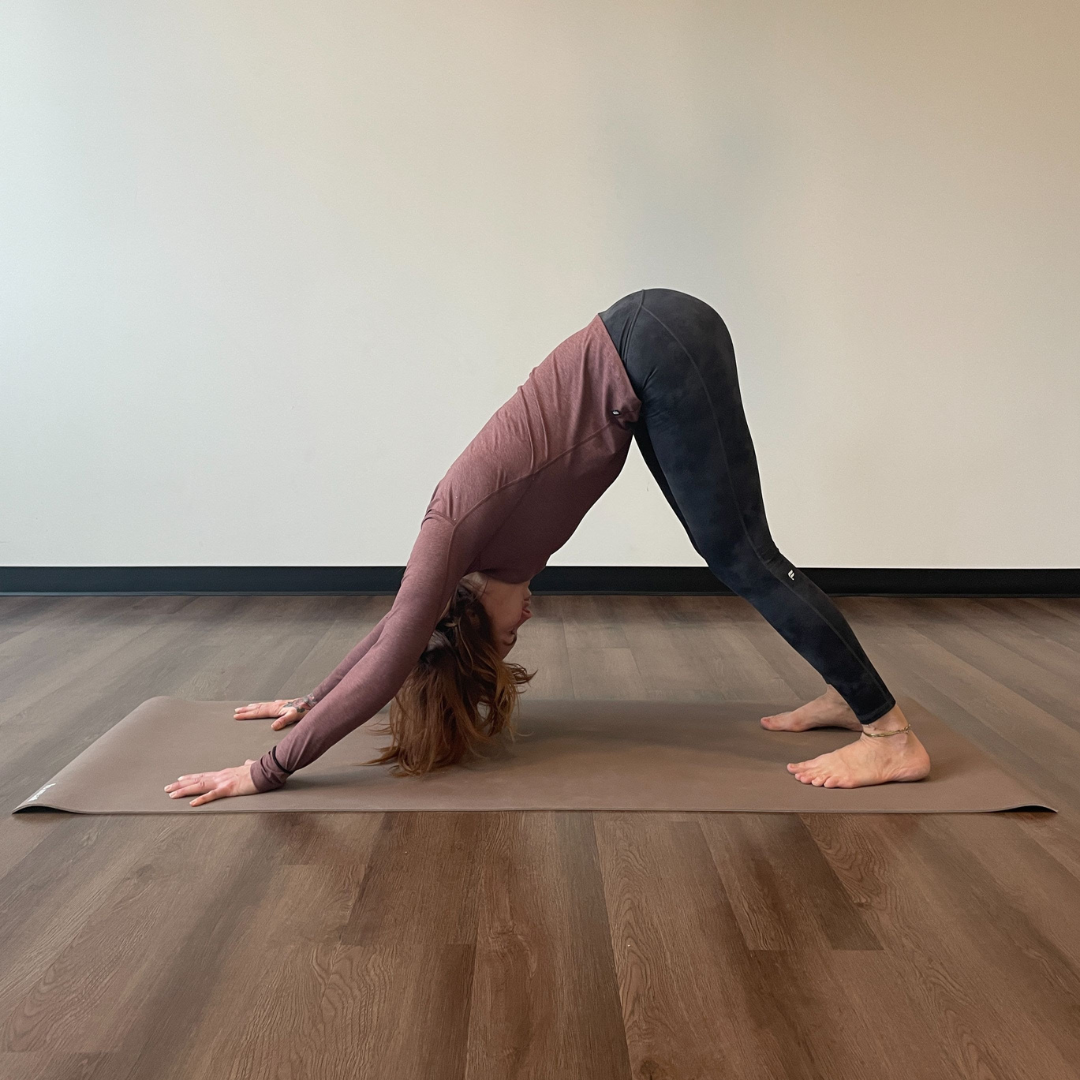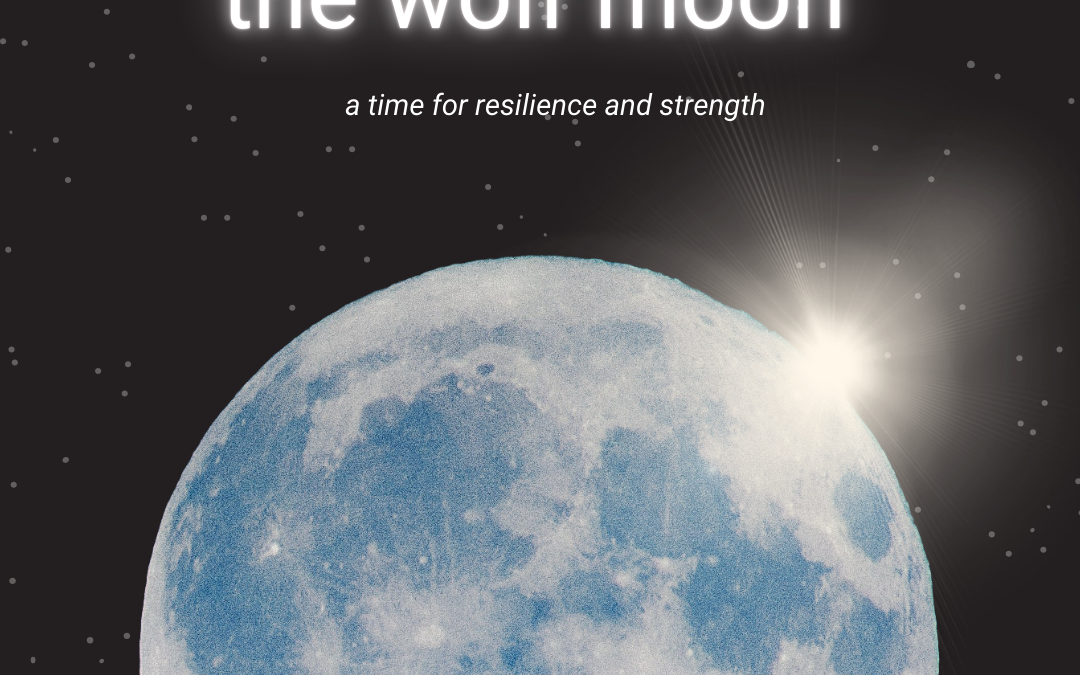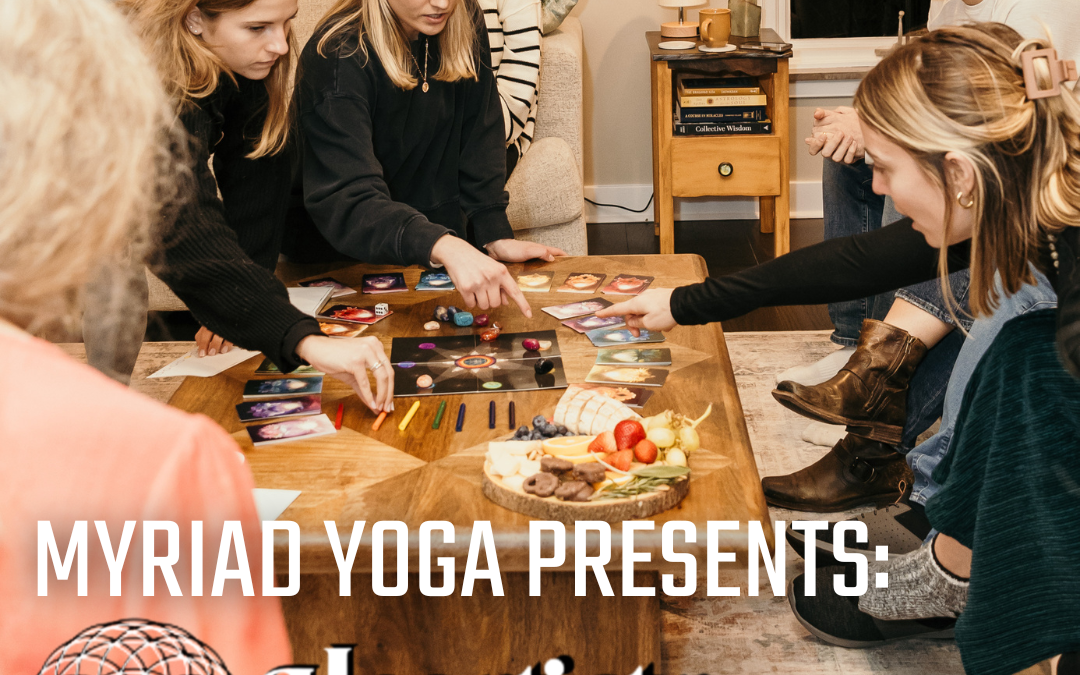“To know thyself is the beginning of wisdom.” – Socrates
Weekly Focus: Svadhyaya (self study)
Svadhayaya relates to the true action of self reflection, the conscious act of participating in self study.
Often when we discuss svadhyaya, it is in observation of the Self, with a capital “S” meaning our spirit, our essence, our highest Self. However self study does not have to be limited to only the spiritual. In can also take on a very practical and everyday application.
This week, we focus on svadhayaya in the sense of studying the physical or earthly self. This contains everything pertaining to the body, the mind, the breath, and our everyday life. Observing our actions, thoughts and habits and noticing what is harmful or helpful allows us to become aware of how we are not aligned with the inner Self, our true nature.
For example, if I know I have a tendency to stay up late at night, even when I must be present and aware for an important event the next morning, am I helping myself or harming myself? Is the event important to me? Is my exhaustion keeping me from showing up in my fullest capacity? These are the types of questions we ask.
When we study the self, we do so not to punish or find fault, but to observe and seek space to cultivate growth.
As we study the self with curiosity, we can question why we behave in certain ways and consider pathways to healing and growth. This kind observation helps us to become more familiar and intimately aware of how we show up and perhaps how we are perceived by others. We can’t know how to refine ourselves until we look for the rough spots. Svadhyaya is a tool to help us on this journey.
Here is a simple practice in studying the self:
- Consider your daily routine — reflect on your average day. What do consistently and regularly do? Note everything: hitting snooze 7 times, the coffee you buy on your way to work, the lunch you pack, the types of conversations you have, the way you wind down at night.
- Reflect on each of these actions — with each item, ask yourself “is this helping or hurting me?” Then take it further, “does this feel aligned with who I want to be?” Even further, “what do I care about in life, and does this hinder or aid desires?”
- Seek opportunities for growth — acknowlege anything you do that feels like it does not align with who you ultimately want to be. Write them in a list, and write WHY they do not align. Get deep.
- Make a plan — now that we are aware of our opportunities, we can seek ways to adjust. Remember you don’t have to work on everything at once. Choose one opportunity you wish you engage with, and create a plan to adjust.
Passive Pose of the Week: Paschimottanasana (seated forward fold pose)

Forward folds such as paschimottanasana are symbolic of turning inwards and creating space for reflection. In forward folds, we literally look back towards ourselves. These deep stretches are times where we leave more silence in our practice, setting the tone for introspection. Paschimottanasana is associated with a humble bow, allowing for the humility needed to self reflect.
- Begin sitting on the floor with the legs straight out in front of you.
- Legs might be touching or slightly further apart.
- Inhale and reach your arms overhead, lengthening the spine. Begin to look forward beyond your toes to the horizon.
- Keep your gaze at the horizon as you exhale and fold over the legs. Allow your hands to land anywhere they comfortably can. They might grab the calves, ankles or feet, or even rest alongside you on the floor.
- Breathe here for 5 – 7 breaths before gently lifting out of the pose.
Paschimottanasana can feel impossible for those of us experiencing stiff hamstrings. One way to help out this pose is to find a tilt in your pelvis first, before folding. By tilting the pelvis, we give more space to lengthen the low back and stretch out longer.
First, sit up on the edge of a folded blanket. Make sure you are at the very edge so that your butt is seated at a slight downward angle. This automatically tilts the pelvis for you.
Next, try to slide one leg at a time back into the body, facilitating more tilt. You can think of this like plugging your thigh bone back towards the wall behind you.
Both of these actions will help you start to feel a natural lean forward. NOW start to breathe in, lengthen the spine, and exhale fold out. Notice any differences?
Active Pose of the Week: Adho Mukha Svanasana (downward facing dog pose)

As in paschimottanasana, the physical shape of this pose has us looking back towards ourselves. Adho Mukha Svanasana is a pose we return to again and again in our practices, just as Svadhyaya is a practice that should be frequently revisited. The journey to refinement of the spirit is ongoing for life! It takes not just one look back, but a lifetime’s worth of reflection.
- Start in a tabletop position on your hands and knees.
- Tuck your toes and start to hover your knees off the ground. Take an inhale.
- As you exhale, lift the butt up and back, extending it away from the shoulders so that the body makes a triangular shape. As you do the knees will naturally straighten some and the heels may drop closer to the ground.
- Use your hands to lightly grip the mat, helping you stay steady. Imagine pushing your hands into the floor for strength.
- Let your gaze rest back towards your ankles or knees, wherever feels comfortable.
- Breather here for 5 – 7 breaths then lower down and rest.
Sometimes adho mukha svanasana is challening for beginners to bear so much weight into the wrists and hands. If this is true for you, it is likely that your wrists and shoulders are not used to this position yet and need to progressively adapt, and hey, that’s OK! Bearing weight in the wrists can be uncomfortable if we are not used to it. As long as we don’t feel intense pain, it is OK to gradually bear weight on the wrists with time. Practice this pose a little bit each day, but don’t force yourself to over do it. Eventually, your will adapt to this load-bearing position in the wrists. In the meantime, if adho mukha svanasana comes up a lot in your classes, consider taking a rest option here such as a kneeling seat or child’s pose (if comfortable), and gradually building up to a full class of adho mukha svanasana.
Join us in class this week to practice your svadhyaya. See the full schedule HERE.



